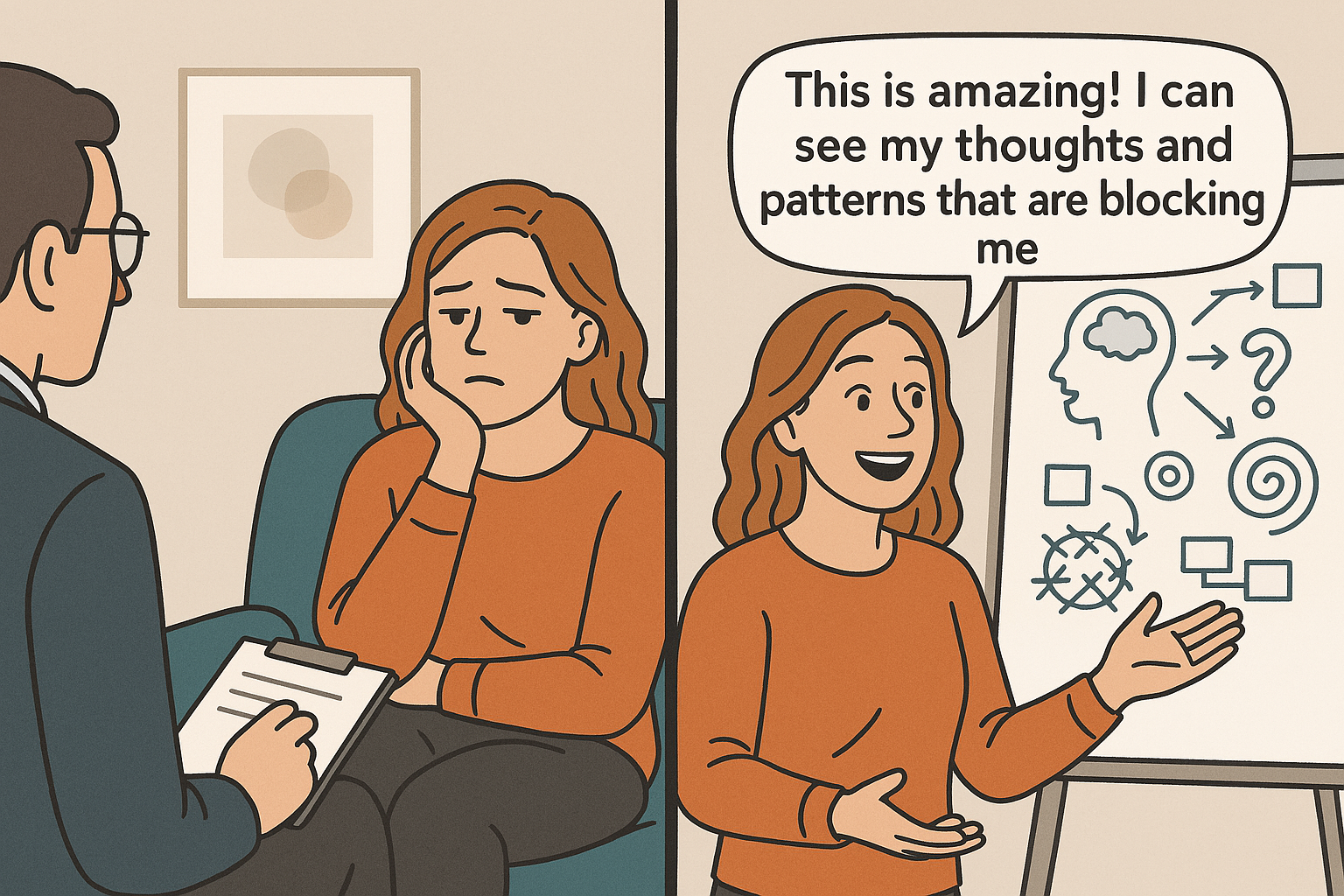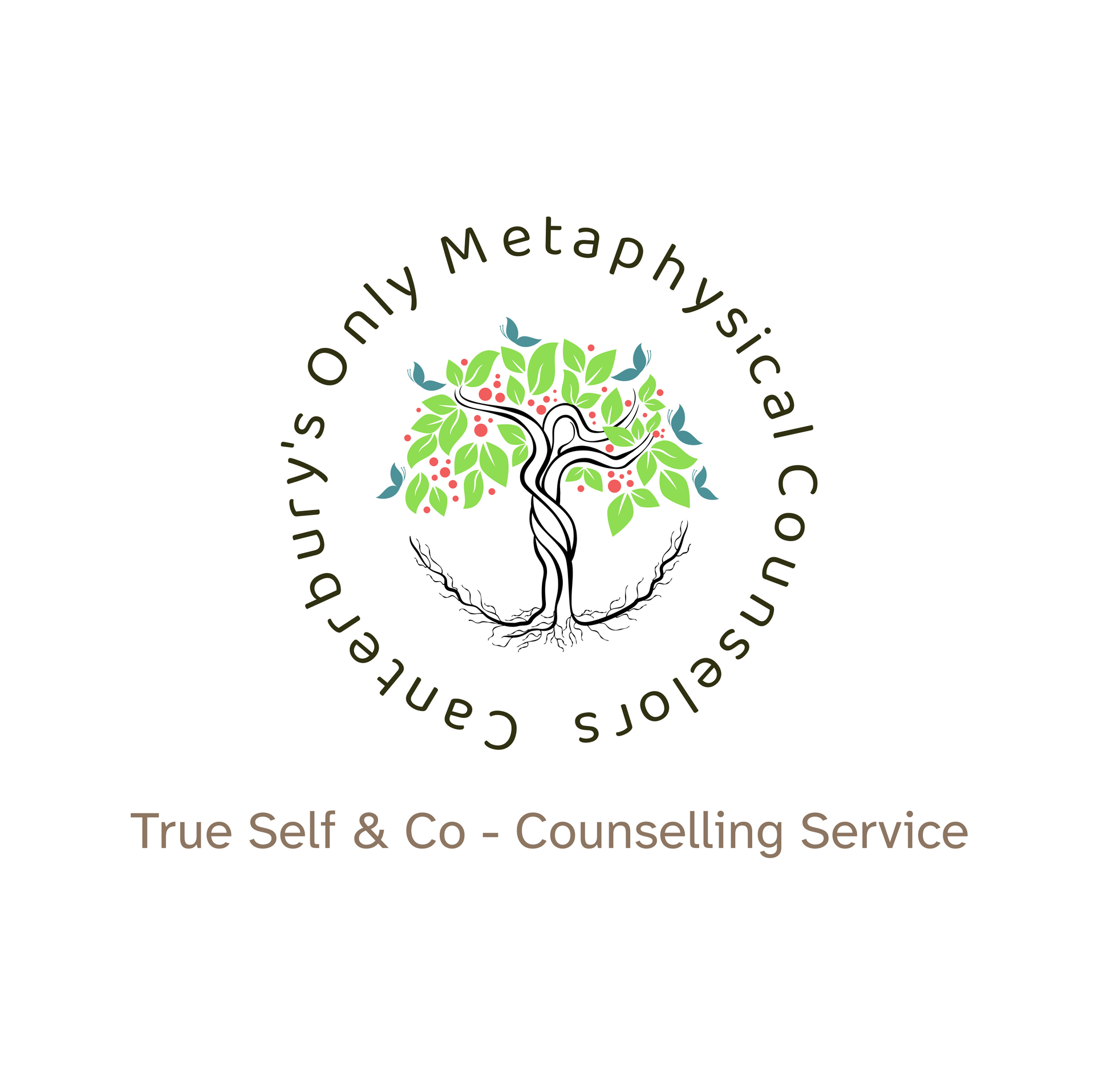Healing Through the Ages: The Ancient Pattern We’re Still Repeating
“Where are you?”
These three words, spoken in the Garden of Eden, represent the first therapeutic intervention in human history. Not a condemnation, not an accusation, but a gentle invitation to self-awareness. Yet Adam’s response reveals a pattern that healers, spiritual practitioners, and seekers are still wrestling with thousands of years later.
The Original Split
Before the fall, Adam and Eve existed in perfect integration — naked and unashamed, transparent with God, each other, and themselves. There was no gap between their higher self and their actions, no shadow lurking beneath a carefully crafted spiritual persona.
But the moment they ate the forbidden fruit, something fundamental shifted. The first consequence wasn’t death — it was hiding. They covered themselves, not just physically, but psychologically and spiritually. For the first time in human history, there was a split between who they knew they should be and who they actually were.
When God came looking for them — not to condemn, but to reconnect — Adam’s response revealed the birth of what we now recognize as spiritual bypassing, projection, and the wounded healer archetype: “The woman you put here with me — she gave me some fruit from the tree, and I ate it.”
In one sentence, Adam blamed both Eve and God, refusing to take responsibility for his own choices. The very first human became the very first person to throw others under the bus rather than face his own shadow.
The Pattern Persists
Fast-forward several millennia, and we’re still playing the same game. Especially those of us called to healing work.
There’s a profound irony in the spiritual and healing communities: the people most drawn to helping others heal are often the ones carrying the deepest wounds themselves. This isn’t necessarily a problem — in fact, it can be a gift. The wounded healer has walked through darkness and can genuinely guide others through theirs.
But here’s where it gets dangerous: when healers, coaches, therapists, and spiritual practitioners haven’t done their own shadow work, they unconsciously project their unintegrated material onto the very people they’re trying to help.
The yoga teacher who preaches love and light while harboring deep resentment. The life coach who can’t maintain healthy boundaries in their own relationships. The therapist who gives advice they can’t follow themselves. The spiritual teacher who uses their position to feed their ego rather than serve their students.
The Adam Response in Modern Healing
Watch for these telltale signs of the ancient pattern:
Hiding behind the persona : “I’m the healer, I’m supposed to have it all figured out.” This is just a more sophisticated version of Adam’s fig leaves.
Blame and projection : When things go wrong with clients, it’s always their resistance, their blocks, their unwillingness to heal. Never a reflection of the practitioner’s own unhealed wounds showing up in the work.
Spiritual bypassing : Using spiritual concepts to avoid dealing with psychological or emotional reality. “Everything happens for a reason” becomes a way to avoid taking responsibility for poor choices.
The savior complex : Believing you can heal others without continuing to heal yourself. This is particularly seductive because it feels noble, but it’s often just another way to avoid looking at your own shadows.
The Invitation Still Stands
God’s question to Adam wasn’t rhetorical. It was diagnostic: “Where are you?” In other words, “What’s your actual condition right now? Not where you think you should be, not where you were yesterday, but where are you actually standing at this moment?”
For healing practitioners, this question becomes even more crucial: “Where are you in your own healing journey? What shadows are you still hiding from? What projections are you casting onto your clients?”
The most powerful healers aren’t those who have transcended their humanity — they’re those who have learned to be transparently human while doing the work. They’ve stopped playing hide and seek with their own wounds and learned to integrate their higher self with their shadow self.
Breaking the Ancient Pattern
Real healing — both for ourselves and those we serve — begins with radical honesty about our actual condition. It means:
- Owning our shadows instead of projecting them onto others
- Continuing our own healing work even as we help others with theirs
- Being transparent about our humanity rather than hiding behind spiritual personas
- Taking responsibility for how our unhealed wounds show up in our work
- Seeking supervision and support from others who can see our blind spots
The garden is still here. The invitation to transparency is still being offered. The question “Where are you?” is still being asked with the same gentle curiosity that seeks connection rather than condemnation.
The Healer’s Responsibility
If you’re called to healing work — whether as a therapist, coach, spiritual teacher, or any other form of service — you carry a sacred responsibility. Not to be perfect, but to be real. Not to have transcended your humanity, but to be courageously human.
Your clients don’t need you to be a guru who has it all figured out. They need you to be a fellow traveler who has done enough of your own work that you can hold space for theirs without contaminating it with your unhealed wounds.
The most profound healing happens when two people can be transparently human together — when the artificial divide between healer and client dissolves into a mutual recognition of our shared humanity and our shared capacity for growth.
After all these millennia, we’re still learning the same lesson that was offered in the garden: healing begins with the courage to answer honestly when the question comes: “Where are you?”
Not where you think you should be. Not where you were yesterday. Not where you hope to be tomorrow.
Where are you right now?
The healing of the world might just depend on our willingness to answer truthfully.
Ready to stop hiding and start healing? If you’re a spiritual practitioner or healing professional who recognizes these patterns in your own work, let’s explore what authentic integration looks like. Sometimes the deepest service we can offer others is to courageously face our own shadows first. Contact me through my website TrueSelfCo.org for more information.

